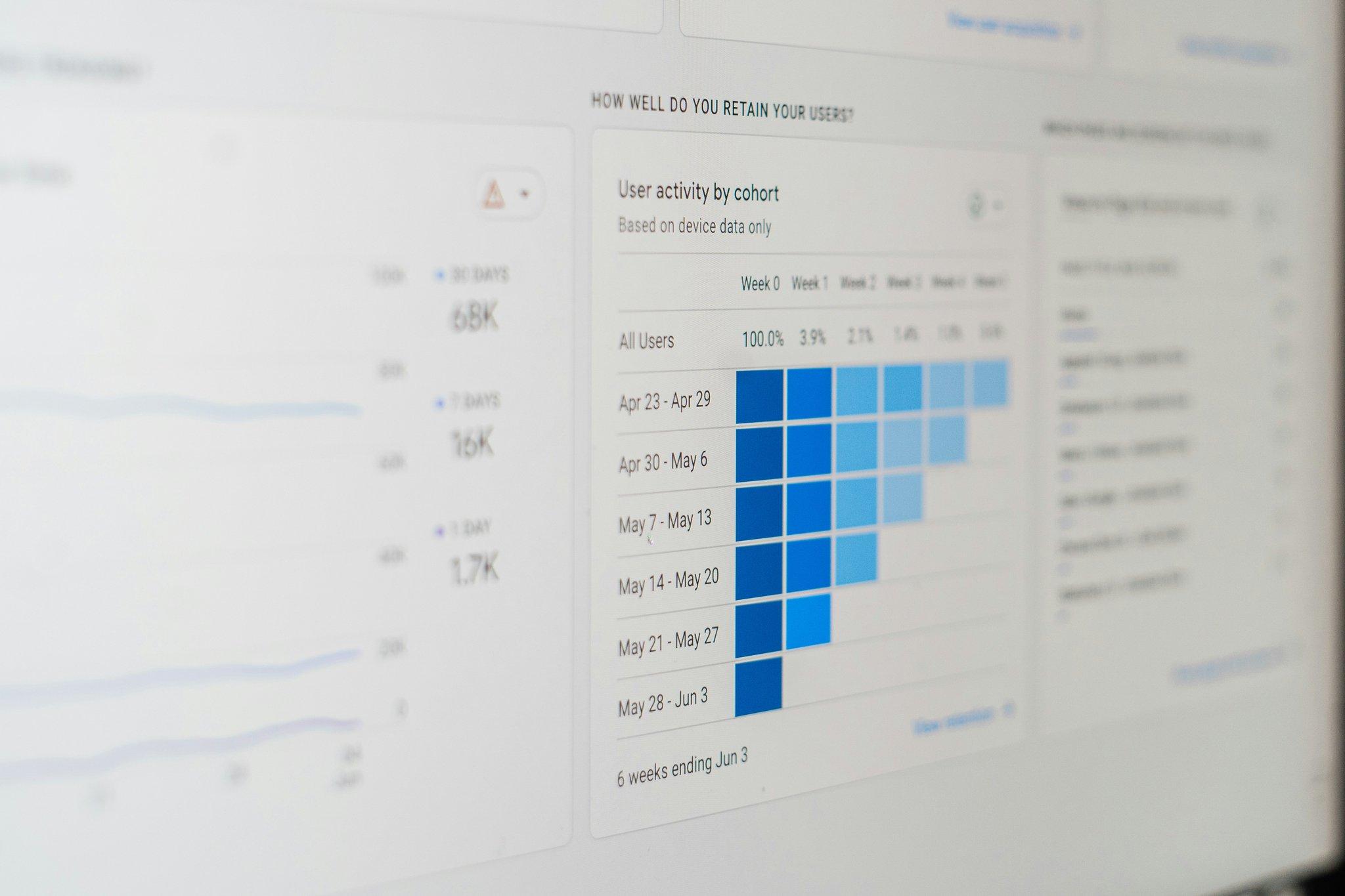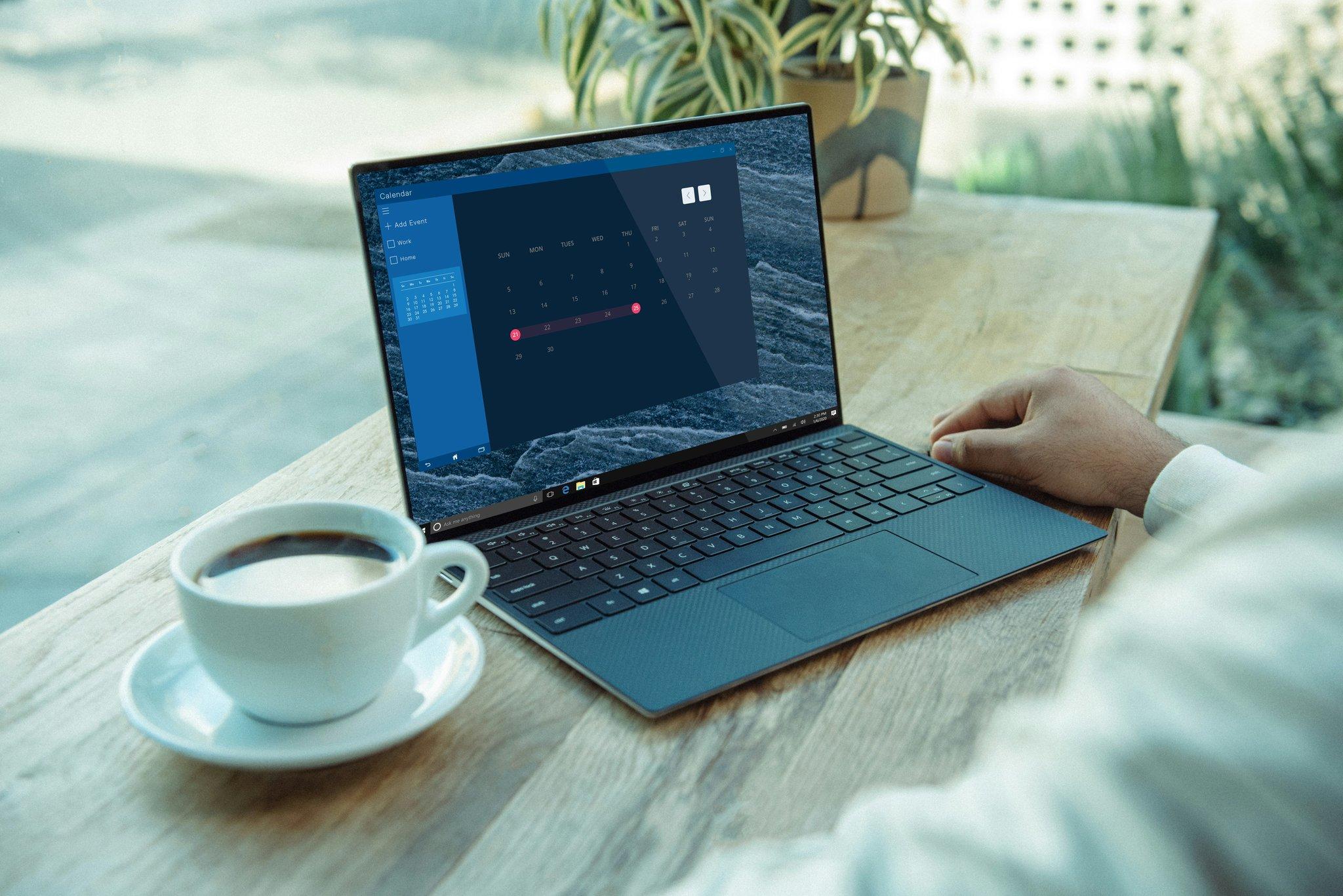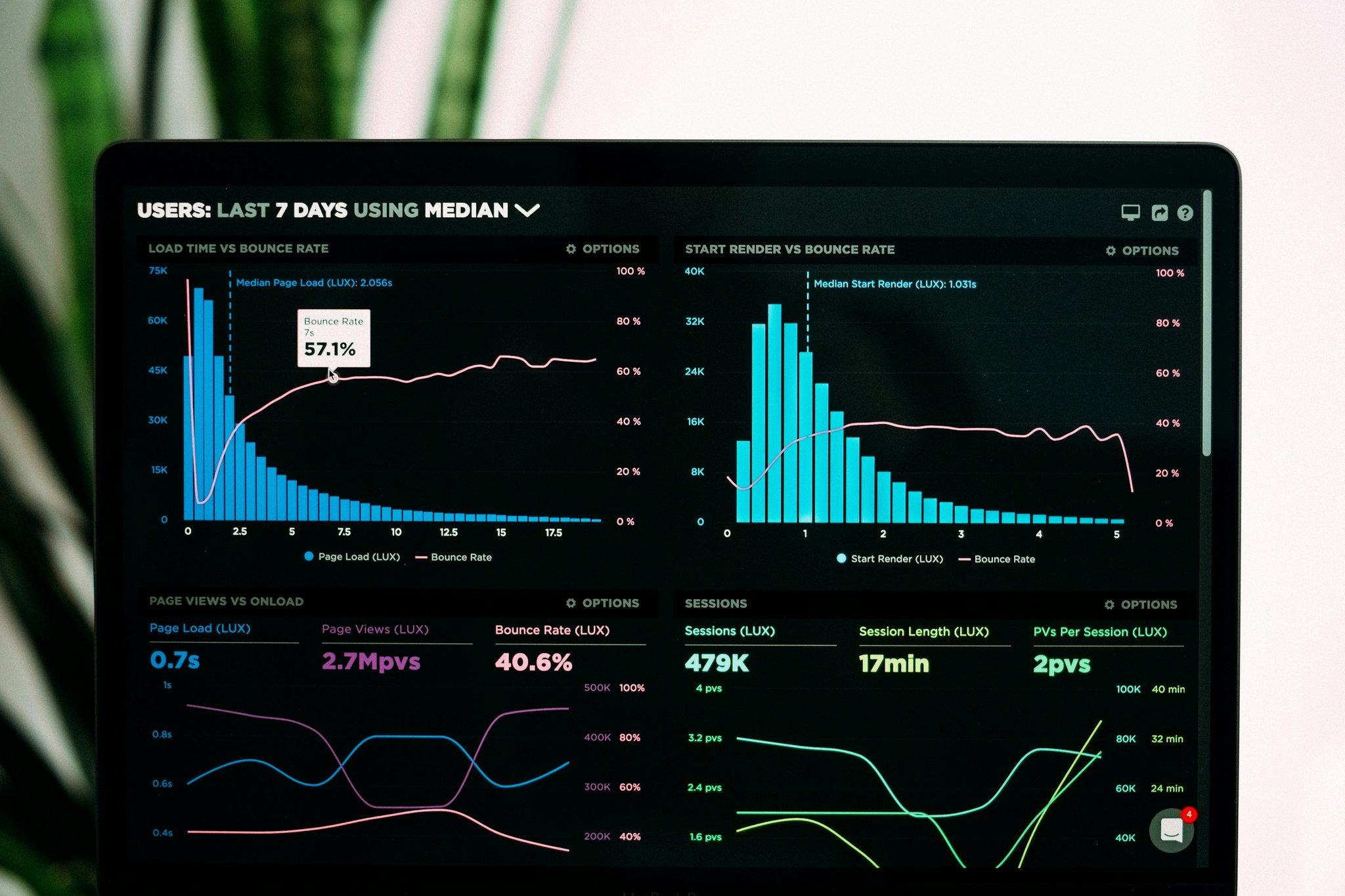Ever stared at spreadsheets wondering why your social media numbers look like a rollercoaster? Yeah, us too. Managing social media accounts is already chaotic enough—tracking performance shouldn’t feel like solving a Rubik’s Cube blindfolded. That’s where Social Media Reporting Dashboards come in: the unsung heroes of modern-day marketing management.
In this post, we’ll show you how to use dashboards to simplify data chaos, supercharge decision-making, and make reporting *chef’s kiss* flawless. You’ll learn:
- Why Social Media Reporting Dashboards are non-negotiable
- Step-by-step setup for effective dashboarding
- Best practices that save time and sanity
- Real-world examples that work
Table of Contents
- Key Takeaways
- Why Social Media Reporting Matters
- Building Your Social Media Reporting Dashboard
- Best Practices for Effective Dashboards
- Examples & Case Studies
- FAQs on Social Media Reporting Dashboards
- Conclusion
Key Takeaways
- A well-built Social Media Reporting Dashboard can streamline analytics and help identify trends faster than manual reports.
- Customization is king; tailor your dashboard to focus on what matters most for your goals.
- Avoid common mistakes like overloading your dashboard with unnecessary metrics—it confuses more than it clarifies.
Why Social Media Reporting Matters
Remember when I scheduled an entire month’s worth of tweets based on a competitor’s strategy… only to see engagement plummet by 70%? Talk about a facepalm moment. The truth is, without actionable insights from data, even the best ideas can flop harder than Windows ME.
Here’s the brutal reality: Social media managers juggle dozens of metrics daily—engagement rates, follower growth, conversions, ad spend, etc. Without a centralized view, it becomes impossible to spot patterns or optimize campaigns effectively. Enter Social Media Reporting Dashboards: visual tools designed to aggregate, analyze, and present data in one place so you don’t lose your mind—or your job.

(Image Source: Example.com / Alt Text: An image depicting various unorganized spreadsheets highlighting metric overload.)
Building Your Social Media Reporting Dashboard
Alright, let’s roll up those sleeves and get building. Here’s the step-by-step process:
Step 1: Define Your Goals
“Optimist You: Let’s track EVERYTHING!”
Grumpy You: “Ugh, fine—but only if coffee’s involved.”
First, decide which KPIs matter most for your business. Are you focused on brand awareness? Lead generation? Customer retention? Pick no more than five key metrics to avoid clutter.
Step 2: Choose Tools That Work
There are plenty of amazing platforms out there for creating dashboards:
- Hootsuite Analytics: Great for beginners who need simplicity.
- Google Data Studio: Free but requires tech-savviness to set up.
- Sprout Social: Perfect for agencies looking for all-in-one solutions.

(Alt Text: A screenshot of Google Data Studio displaying a sample social media dashboard.)
Step 3: Design With Clarity in Mind
Less is more. Don’t turn your dashboard into a neon billboard—stick to clean visuals and clear labels. Use color coding wisely (e.g., green = good, red = bad).
Best Practices for Effective Dashboards
- Automate Updates: Set up automatic refreshes to avoid stale data.
- Leverage Comparative Analysis: Compare current performance against past results or benchmarks.
- Use Real-Time Metrics Strategically: Only include live feeds if they directly impact decisions.
Warning: Avoid pulling random data points without context—it’s as helpful as guessing someone’s Wi-Fi password.
Examples & Case Studies
Let’s talk about Sarah, a digital marketer at a mid-sized e-commerce company. Before implementing her Social Media Reporting Dashboard, she wasted hours manually piecing together weekly updates. After switching to Hootsuite Analytics, Sarah reduced report creation time by 80%, allowing her team to pivot campaigns quickly during peak seasons.

(Alt Text: Before and after comparison showing improved efficiency through automation.)
FAQs on Social Media Reporting Dashboards
What makes a great Social Media Reporting Dashboard?
A great dashboard should be simple, customizable, and actionable. Focus on clarity and relevance.
Can I create a free Social Media Reporting Dashboard?
Yes! Platforms like Google Data Studio offer robust features at no cost—just be prepared to invest some elbow grease into setup.
How often should I update my dashboard?
Ideally, real-time updates or daily refreshes keep your data relevant and timely.
Conclusion
Social Media Reporting Dashboards aren’t just fancy charts—they’re lifelines for modern marketers drowning in data noise. By following our guide, you can craft a dashboard tailored to your needs, saving precious time while gaining priceless insights.
Now go forth and conquer those algorithms!
P.S. Like Backstreet Boys circa ’99, good SEO never goes out of style—but it does take effort. Stay consistent—and caffeinated.
Random haiku drop:
Data flows steady,
Numbers dance, decisions bloom.
Coffee fuels the win.


